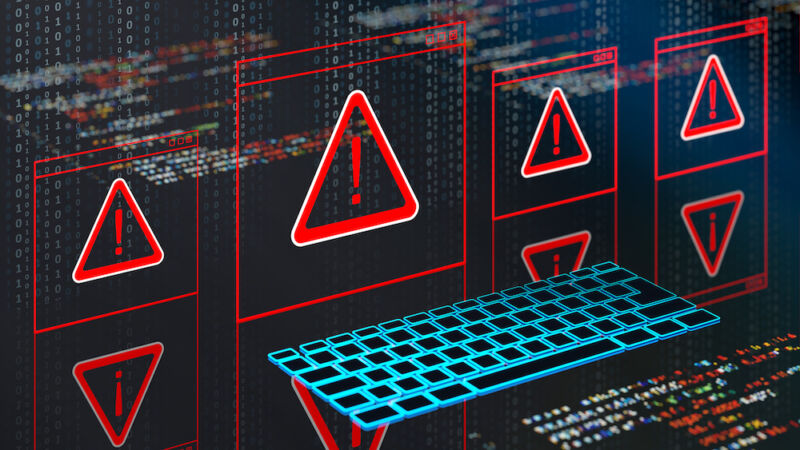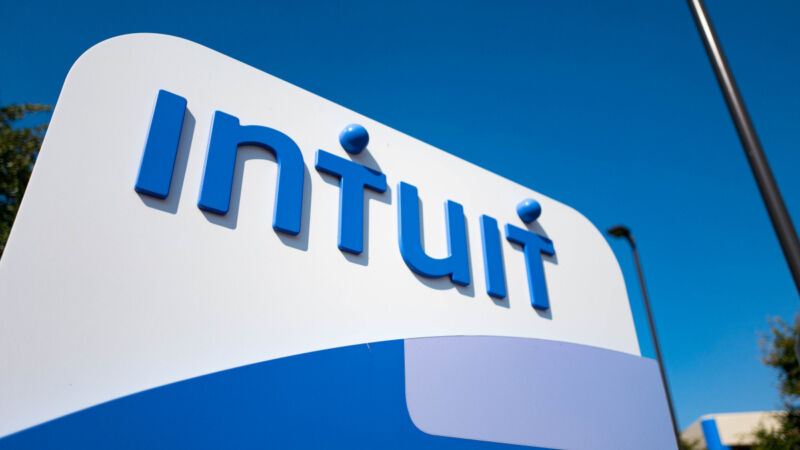Enlarge / Former US President Donald Trump during a campaign event at Trump National Doral Golf Club in Miami, Florida, US, on Tuesday, July 9, 2024. (credit: Getty Images)
Allies of former President Donald Trump have reportedly drafted a sweeping AI executive order that aims to boost military technology and reduce regulations on AI development, The Washington Post reported. The plan, which includes a section titled “Make America First in AI,” signals a dramatic potential shift in AI policy if Trump returns to the White House in 2025.
The draft order, obtained by the Post, outlines a series of “Manhattan Projects” to advance military AI capabilities. It calls for an immediate review of what it terms “unnecessary and burdensome regulations” on AI development. The approach marks a contrast to the Biden administration’s executive order from last October, which imposed new safety testing requirements on advanced AI systems.
The proposed order suggests creating “industry-led” agencies to evaluate AI models and safeguard systems from foreign threats. This approach would likely benefit tech companies already collaborating with the Pentagon on AI projects, such as Palantir, Anduril, and Scale AI. Executives from these firms have reportedly expressed support for Trump.









